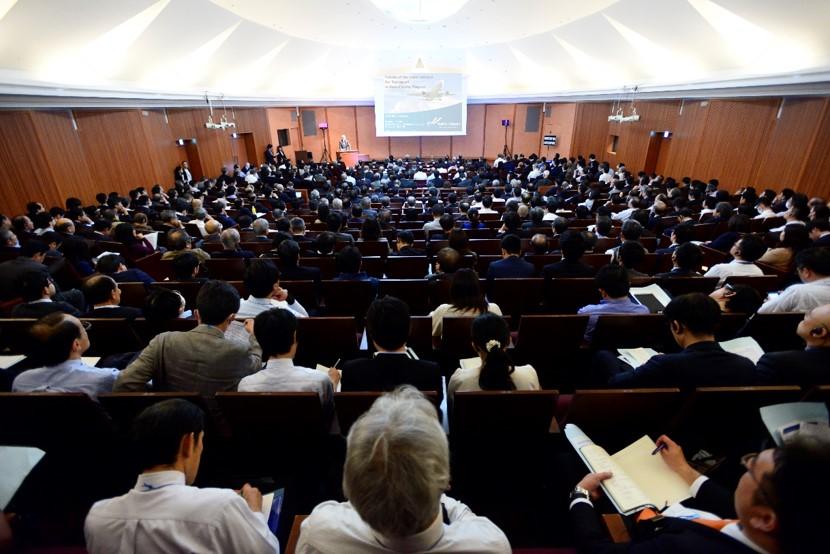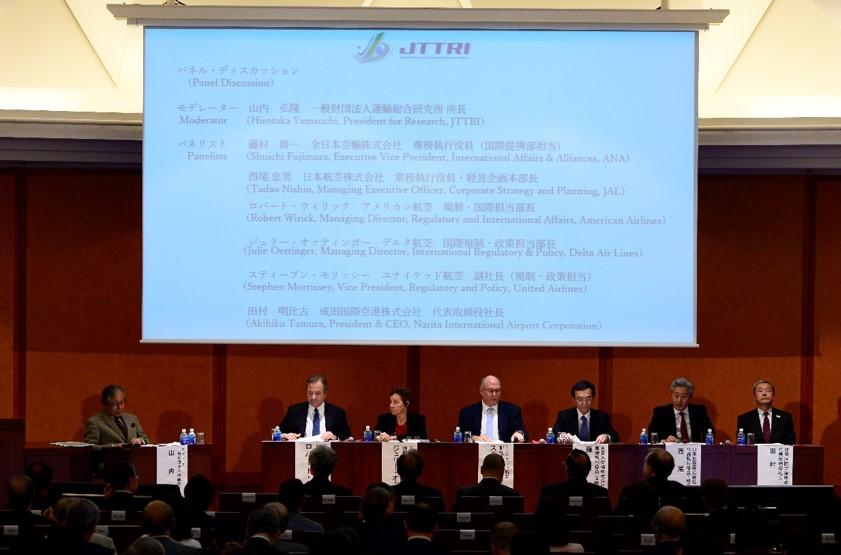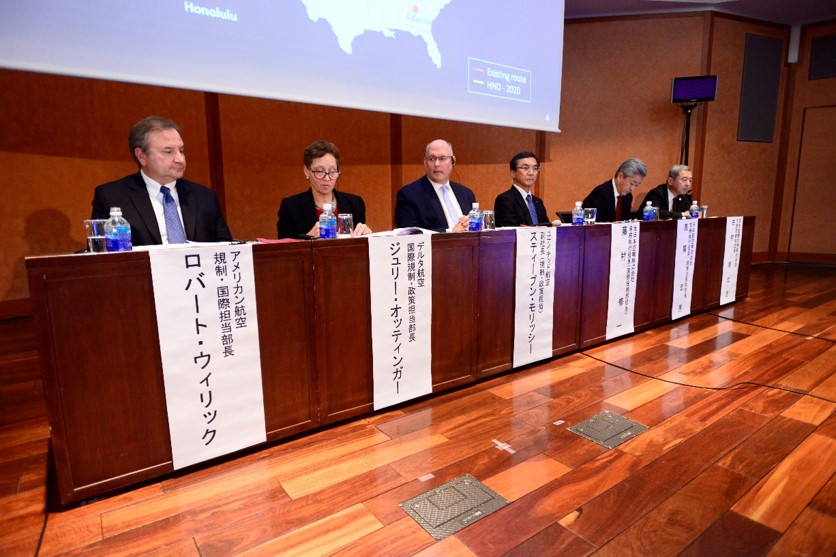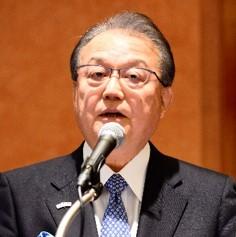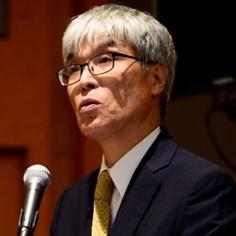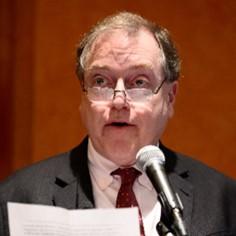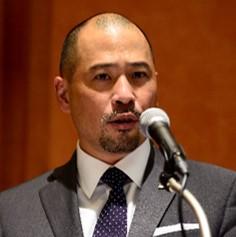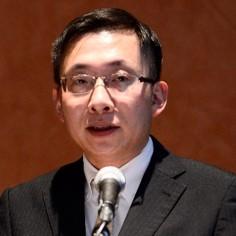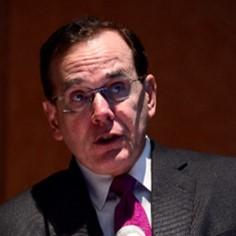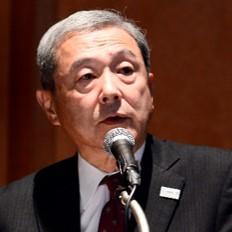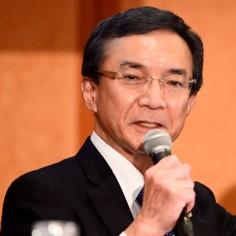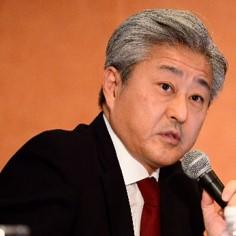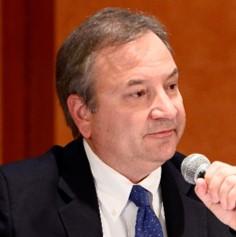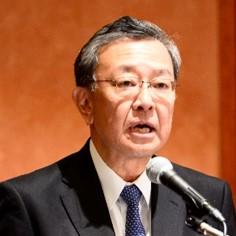2019 JTTRI International Civil Aviation Symposium in Tokyo “The Future of Civil Aviation in the Asia Pacific Region”
- International Activities
- Aviation and Airport
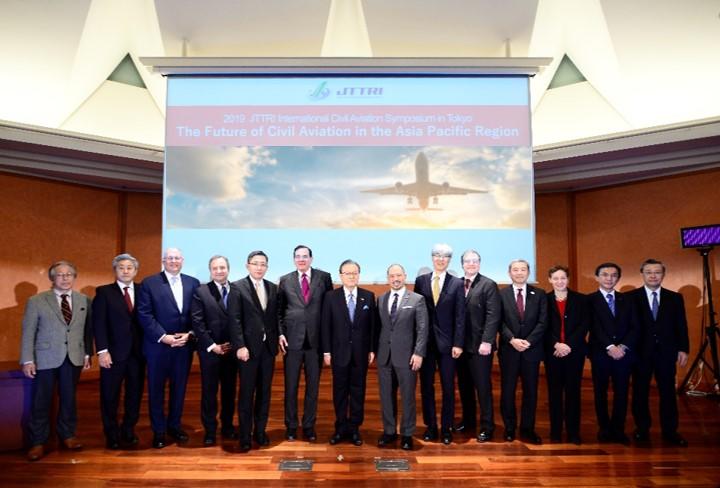

| Organizer | Organizer:Japan Transport and Tourism Research Institute (JTTRI) Co-organizer:Aviation Policy Research Association Cooperation:Graduate School of Public Policy |
|---|---|
| Sponsorship | Ministry of Land, Infrastructure,Transport and Tourism (MLIT-Japan) |
| Date / Time | Mon, Nov 18,2019 15:00~18:00 |
| Venue | Ito International Research Center (IIRC) ,Ito Hall(B2) ,The University of Tokyo (7-3-1, Hongo, Bunkyou-ku, Tokyo 113-0033) |
| Theme | The Future of Civil Aviation in the Asia Pacific Region |
| Lecturer | Opening Remarks: Masafumi Shukuri / Chairman, Japan Transport and Tourism Research Institute (JTTRI) Honorable Guest Remarks: Naoki Fujii / Vice-Minister for Transport and Int'l Affairs, MLIT, Japan Michael Cavanaugh / Acting Minister Counselor for Economic Affairs, U.S.Embassy in Japan Hugo Yon / Deputy Assistant Secretary, Transportation Affairs, U.S. Department of State Keynote Speeches: Jotaro Horiuchi / Assistant Vice-Minister for Int’l Aviation, Minister’s Secretariat, MLIT, Japan David Short / Deputy Assistant Secretary for Aviation & Int’l Affairs, U. S. Department of Transportation Akihiko Tamura / President & CEO, Narita Int’l Airport Corp Panel Discussion and Q&A Session Moderator: Hirotaka Yamauchi / President for Research, Japan Transport and Tourism Research Institute (JTTRI) Panelists: Shuichi Fujimura / Exe. VP, Int’l Affairs & Alliances, All Nippon Airways Tadao Nishio / Managing Exe. Officer, Corp. Strategy & Planning, Japan Airlines Robert Wirick / Managing Director, Regulatory & Int’l Affairs, American Airlines Julie Oettinger / Managing Director, Int’l Regulatory & Policy, Delta Air Lines Stephen Morrissey / VP, Regulatory & Policy United Airlines Akihiko Tamura / President & CEO, Narita Int’l Airport Corp Closing Remarks: Tetsuya Okuda / Executive Director,Japan Transport and Tourism Research Institute (JTTRI) President, Japan International Transport and Tourism Institute, USA (JITTI USA) |
Event Summary
Air passenger transportation in the Asia Pacific region has expanded, reaching 1.6 billion passengers in 2018. As air passenger transportation continues to expand in the region, in order to respond to further air demand toward the realization of the target of foreign visitors to Japan (40 million in 2020: 60 million in 2030), Japan is promoting the enhancement of the functions of airports in the Tokyo metropolitan area through reviewing the flight paths of Haneda Airport and developing the 3rd runway at Narita Airport, and the enhancement of the functions of gateways at regional airports through commissioning airport operations to the private sector (‘Concession’).
At the same time, the environment surrounding aviation in the Asia Pacific region is changing dramatically, owing to the expansion of long-haul direct flights from the United States to other Asian countries, the construction of mega airports in Asia, and the rise of the Low Cost Carriers in Southeast Asia.
Considering the situation above, a symposium on ‘The Future of International Aviation in the Asia Pacific Region’ was held in Washington, D.C. on October 8. Following on the previous symposium, this symposium was held in Tokyo on the same theme.
At the symposium, Mr. Masafumi Syukuri, Chairman of the JTTRI delivered the opening remarks, and Mr. Naoki Fujii, Vice-Minister for Transport and International Affairs, MLIT, Mr. Michael Cavanaugh, Acting Minister Counselor for Economic Affairs, U.S. Embassy in Japan, and Mr. Hugo Yon, Deputy Assistant Secretary, Transportation Affairs, U.S. Department of State delivered honorable guest remarks.
Next, as keynote speeches, Jotaro Horiuchi, Assistant Vice-Minister for International Aviation, Minister’s Secretariat, MLIT, Japan, Mr. David Short, Deputy Assistant Secretary for Aviation & International Affairs, U.S. Department of Transportation, and Akihiko Tamura, President and CEO of Narita International Airport Corporation, gave keynote speeches.
Subsequently, with Dr. Hirotaka Yamauchi, President for Research of the JTTRI as a moderator, 6 panelists, including Shuichi Fujimura, Executive Vice President, International Affairs and Alliances, All Nippon Airways, Tadao Nishio, Managing Executive Officer, Corporate Strategy and Planning, Japan Airlines, Robert Wirick, Managing Director Regulatory and International Affairs, American Airlines, Julie Oettinger, Managing Director, International Regulatory and Policy, Delta Air Lines, Stephen Morrissey, Vice President, Regulatory and Policy, United Airlines and Mr. Akihiko Tamura, President and CEO of Narita International Airport Corporation.
Program of the seminar is as the following
| Opening Remarks | |
|---|---|
| Honorable Guest Remarks | |
| Honorable Guest Remarks | |
| Honorable Guest Remarks | |
| Keynote Speeches | |
| Keynote Speeches | |
| Keynote Speeches | |
| Moderator |
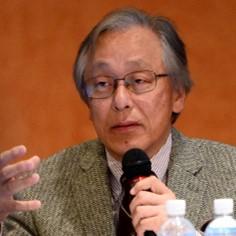
Hirotaka Yamauchi |
| Panelists | |
| Panelists | |
| Panelists | |
| Panelists | |
| Panelists | |
| Panelists |
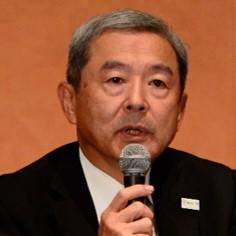
Akihiko Tamura |
| Closing Remarks |
Outline of the seminar
【Key Points of a Speech by Mr. Jotaro Horiuchi, Assistant Vice-Minister for International Aviation, Minister’s Secretariat, MLIT, Japan】
・Due to the rapid increase in the number of foreign visitors to Japan, the network of air routes between Japan and the United States, as well as between
Japan and Southeast Asia, is expanding.
・The number of direct flights between the United States and Southeast Asia is increasing, but it is still limited, and the importance of transit hubs is
expected to continue to grow. In this context, Japan is considered to have a geographical and network advantage as a transit point.
・Although the increase in the number of international flights at Haneda Airport in 2020 is drawing attention, Narita Airport is important as an infrastructure
to cope with the increase in the number of international flights in the Tokyo metropolitan area.
・Major airports other than those in the Tokyo metropolitan area, such as Kansai International Airport, Chubu International Airport, Fukuoka Airport, and
New Chitose Airport, are also rapidly globalizing their services, particularly those on routes to Asia.
As a result, the infrastructure to smoothly accept passengers is rapidly being developed.
・Concessions have started at airports such as Fukuoka and Naha, and the efficiency and vitalization of airports can be expected, which will also lead to
the development of overseas airport operations by Japanese companies.
【Key Points of a Speech by Mr. David Short, Deputy Assistant Secretary for Aviation & International Affairs, U.S. Department of Transportation】
・The aviation relationship between Japan and the United States has a long history, and obstacles have been removed by deepening bilateral
cooperation. In 2010, the Japan-US Open Skies Agreement came into effect, contributing to a reduction in air costs of more than 21% and
an increase in the number of flights by 26%.
・By connecting Haneda Airport's increased international flights with flights from Haneda Airport to all over Japan, it will help the Japanese
government's target of attracting tourists.
・The United States welcomes the plan to build a third runway at Narita Airport.
Even if direct flights to Southeast Asian countries increase, its importance as a gateway between Asia and the United States will not change.
・It is hoped that U.S. and Japanese authorities will work to further liberalize the U.S. and Japanese aviation markets.
【Key Points of a Speech by Mr. Akihiko Tamura, President and CEO of Narita International Airport Corporation】
・Over the next 20 years, demand for air services in Southeast Asia is expected to grow at an annual rate of 5%.
Haneda Airport and Narita Airport will work together to cope with competition from major Asian airports.
・The strengths of Narita Airport are that it will increase the number of departure and arrival slots in the future, that it will connect
with Asian cities as a metropolitan airport, and that it will grow as a base of LCC and expand the network in the future.
・At Narita Airport, while strengthening functions such as increasing the number of departure and arrival slots, establishing a third runway,
extending runways, and extending the operating hours of airports, efforts are being made to promote fast travel and one-stop security in
order to increase the convenience and satisfaction of airports and to become the airport of choice.
・The future growth of Narita Airport will be friendly to both FSC and LCC. Narita Airport will develop further for users to be the airport of choice.
【Key Points of Panel discussion】
In order to incorporate the growth of the aviation sector in the Asia-Pacific region, the participants discussed what is expected to aviation authorities, airlines and airports etc. of Japan and the United States from the strategic point of view of airlines and Narita Airport Company, and what are the priorities of their efforts. Panelists expressed their opinions on the need for an environment where they could further develop their business while ensuring the most important safety, and the importance of addressing environmental issues, particularly in terms of sustainability. There was also a lively discussion on the future of international aviation in the Asia-Pacific region, including questions between the panelists and the floor.